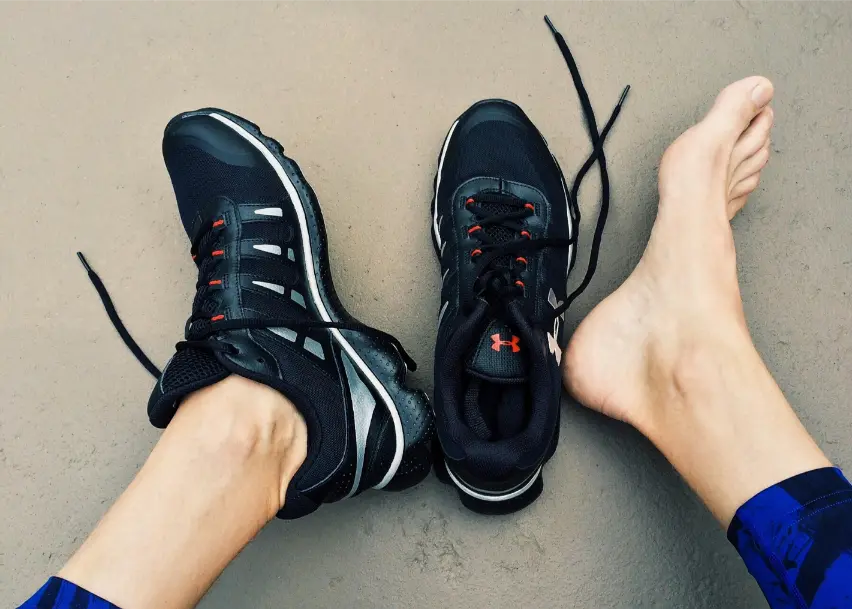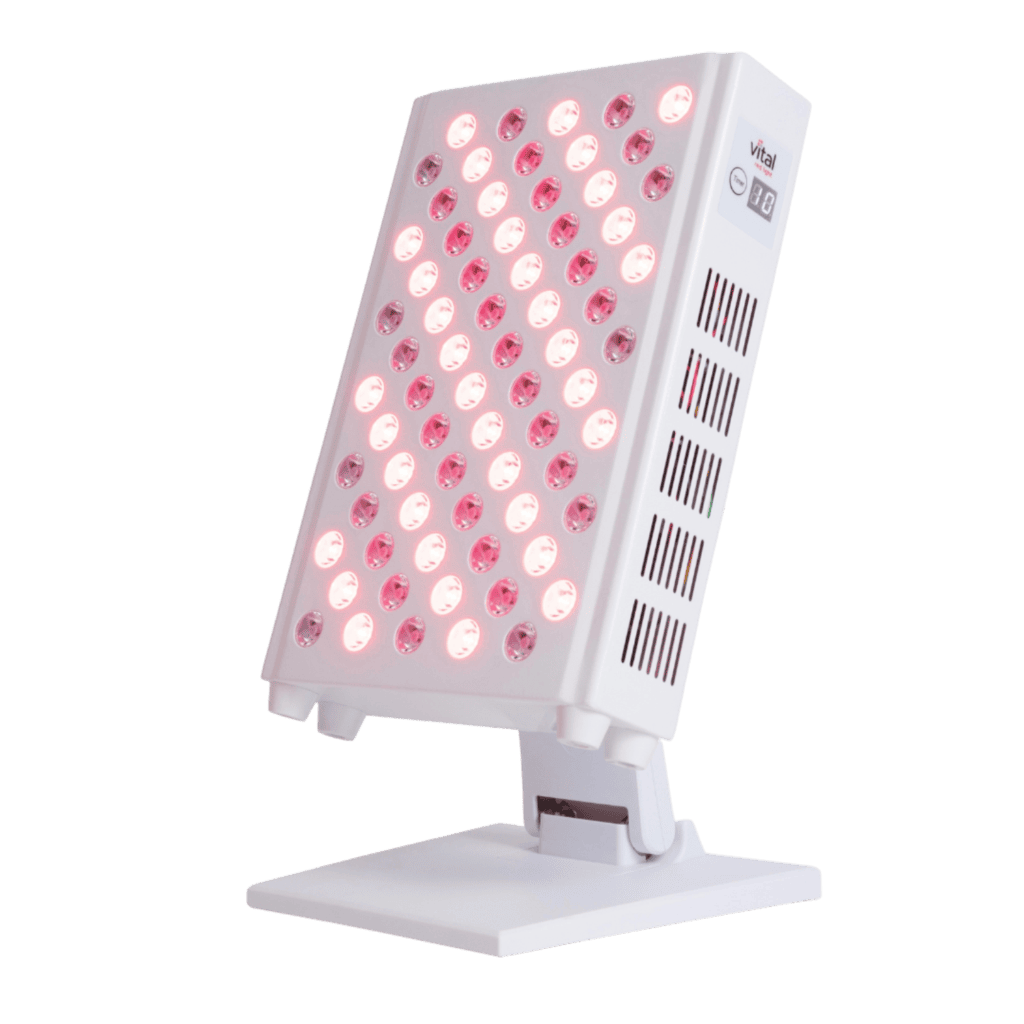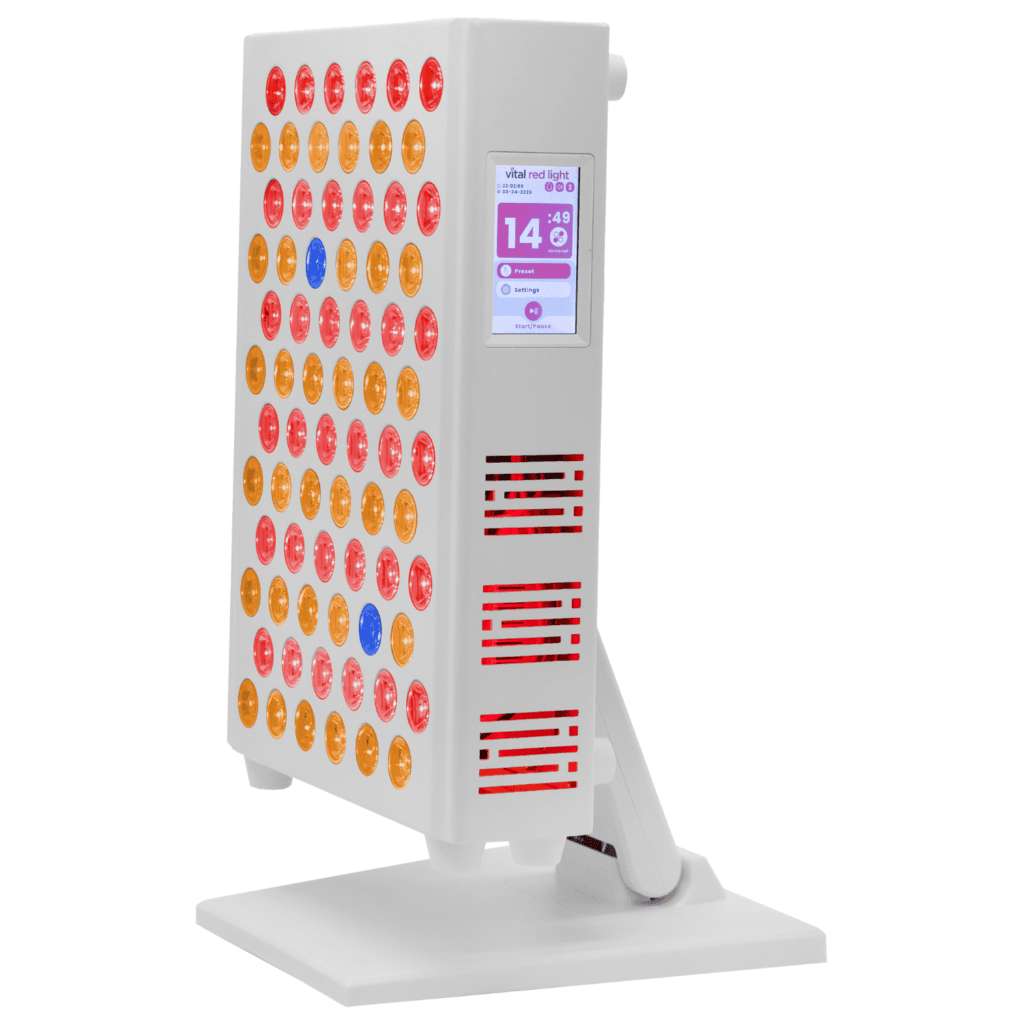
Foot pain is a common issue that affects people of all ages, whether due to long hours of standing, wearing improper footwear, or underlying medical conditions like plantar fasciitis or arthritis. Fortunately, there are several effective home remedies and lifestyle changes that can help alleviate discomfort and keep your feet in top shape. Here are ten proven ways to relieve sore feet and improve overall foot health.
Beat Foot Pain: These effective remedies for sore feet might just help you
1. Soak Your Feet in an Epsom Salt Bath
A warm foot soak with Epsom salts can help reduce swelling and relax tense muscles. Simply dissolve one cup of Epsom salt in a tub of warm water and soak your feet for 15–20 minutes. This remedy is especially helpful after a long day of walking or standing.
2. Stretch and Strengthen Your Feet
Regular foot stretches can prevent pain and improve flexibility. Try these exercises:
- Toe Curls: Flex, point, and curl your toes for a few seconds. Repeat ten times.
- Heel-to-Toe Rocking: While standing, shift your weight from your heels to your toes.
- Marble Pickups: Use your toes to pick up marbles or small objects.
- Calf Stretches: Stand facing a wall, place one foot forward, and lean in to stretch the calf.
These exercises help strengthen foot muscles, reducing the risk of pain and injuries.
3. Get a Foot Massage
Massaging your feet improves circulation, eases tension, and reduces pain. You can use your hands to knead and rub your feet or try a foot roller. Another effective technique is rolling a frozen water bottle under your feet, which combines massage and cold therapy.
4. Wear Proper Footwear
Wearing ill-fitting or unsupportive shoes is one of the main causes of foot pain. Consider these footwear tips:
- Replace worn-out sneakers after 400–500 miles of use.
- Avoid high heels and unsupportive shoes like flip-flops.
- Choose shoes with good arch support and cushioning.
- Ensure the correct size, as feet can change over time.
If needed, invest in orthotic inserts or custom arch supports to provide additional stability.
5. Apply Ice to Reduce Inflammation
Cold therapy can ease swelling and numb foot pain. Wrap ice or a frozen water bottle in a towel and apply it to the affected area for 15–20 minutes, a few times a day. This method is especially useful for conditions like plantar fasciitis or sprains.
6. Use Over-the-Counter Pain Relievers
Nonsteroidal anti-inflammatory drugs (NSAIDs) such as ibuprofen or naproxen can reduce pain and swelling. Always follow dosage guidelines and avoid prolonged use without consulting a doctor.
7. Try a Topical Pain Reliever
Creams or gels containing menthol, eucalyptus, or salicylates can provide temporary relief from foot pain. These products work by cooling or numbing the affected area.
8. Elevate Your Feet
If your feet feel swollen or achy, try elevating them above heart level while lying down. This helps reduce fluid buildup and relieves pressure. Elevation is particularly helpful for people who stand for long hours or experience pregnancy-related swelling.
9. Use Night Splints
Night splints keep your feet in a neutral position while you sleep, preventing tightness that leads to morning foot pain. They are especially beneficial for people with plantar fasciitis.
10. Follow the RICE Method for Foot Injuries
For sprains or strains, follow the RICE method:
- Rest: Avoid putting pressure on the injured foot.
- Ice: Apply ice packs to reduce swelling.
- Compression: Wrap the foot with a bandage, ensuring it’s snug but not too tight.
- Elevation: Keep the foot raised to minimize swelling.
When to See a Doctor About Foot Pain
If home remedies don’t relieve your foot pain, or if you experience severe swelling, numbness, open wounds, or difficulty walking, seek medical advice. People with diabetes should be especially cautious and consult a doctor for any foot abnormalities.
By incorporating these remedies into your routine, you can relieve foot pain and maintain long-term foot health. Take care of your feet—they support you every step of the way!




















